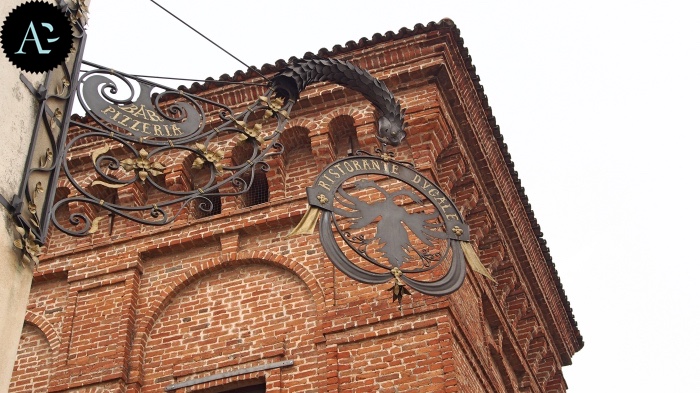
SABBIONETA: THE IDEAL RENAISSANCE CITY
Sabbioneta. When I wrote my post about my journey to Mantua I had so many things to tell you that I didn’t touch upon Sabbioneta.
I didn’t forget about it: I wanted to dedicate to that special stopover of my journey a special article, and above all, I wanted to show you the most beautiful pictures of that town built according to the Renaissance principles, which, for this reason, is also known as the “Ideal city”.

Sabbioneta – Palazzo Ducale interiors
I arrived in Sabbioneta on Sunday morning, and the town appeared a little bit surreal.
Its streets were almost empty, and I felt like I was on a film stage, because Sabbioneta is perfect everywhere, with its buildings which seem all the same, and located inside an orthogonal plan.
What amazed me the most of Sabbioneta is exactly its aspect of absolute perfection; in fact the city was built as good as new between 1556 and 1591 by Vespasiano Gonzaga Colonna.
More than words, the images will allow you to understand this town, which is a must-see if you visit Mantua.

Sabbioneta – Teatro All’Antica is a theatre tha was designed by Vincenzo Scamozzi and built between 1588 and 1590, it was the first autonomous purpose built theatre of the modern age.
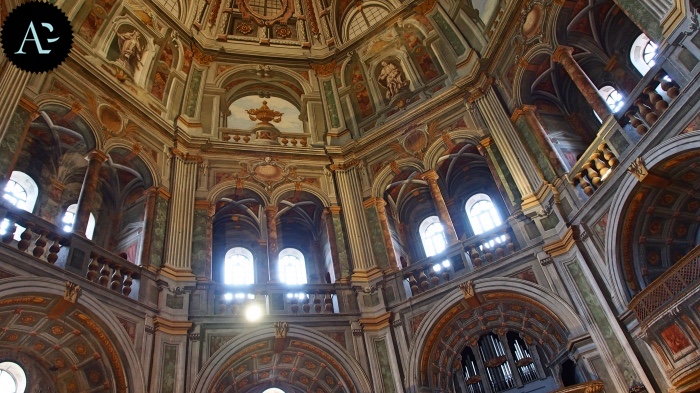
Sabbioneta – Behind the Palazzo Ducale stands the octagonal plan church of the Beata Vergine Incoronata with houses the ducal mausoleum where the bronze statue of Vespasiano Gonzaga has stood since 1592.
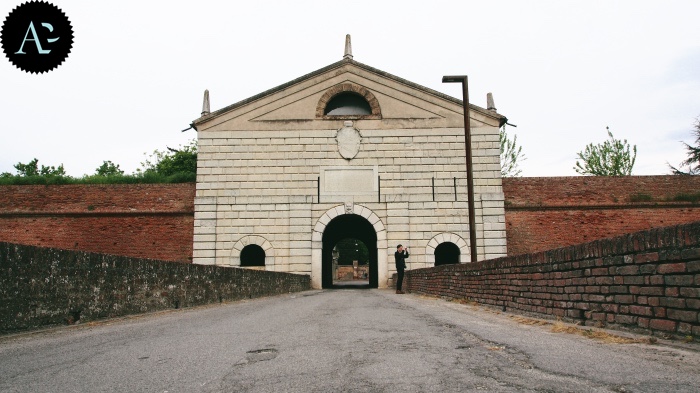
Sabbioneta – Porta Vittoria, a door of Sabbioneta.
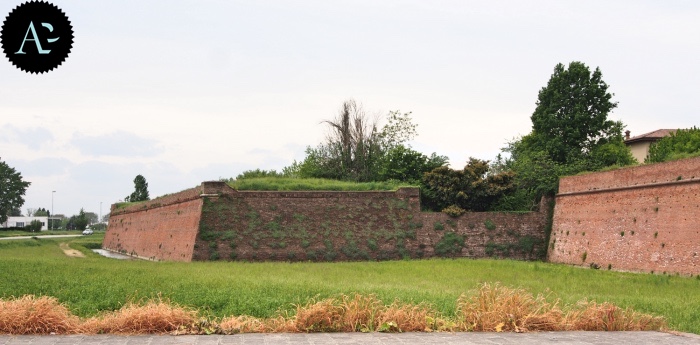
Sabbioneta – thanks to its advanced defensive structure, it appears more than anything like an irregular hexagonal fortress, with six wedge shaped bastions fortifying the corners.
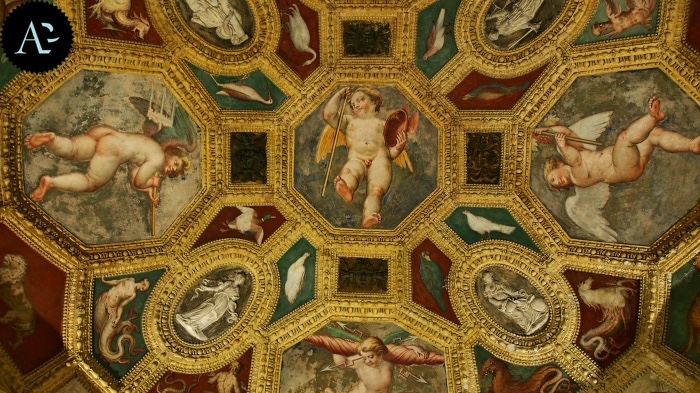
Sabbioneta – The Palazzo Giardino was the villa reserved for the Duke as a place of rest and study, he had it decorated between 1582 and 1587 with a magnificent set of frescoes and stuccoes in the Mannerist style.


Sabbioneta – The Synagogue, redesigned by Carlo Visioli and by Luigi Voghera in around 1824m is tangible proof of the presence of a Jewish community that thrived under the liberal spirit of the Duke.
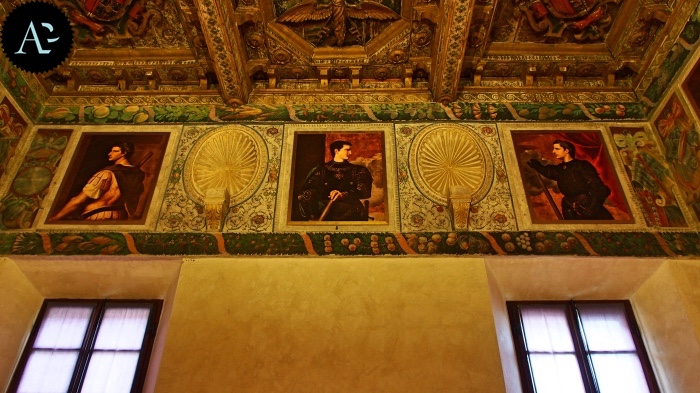
Sabbioneta Ducal Palace decorations
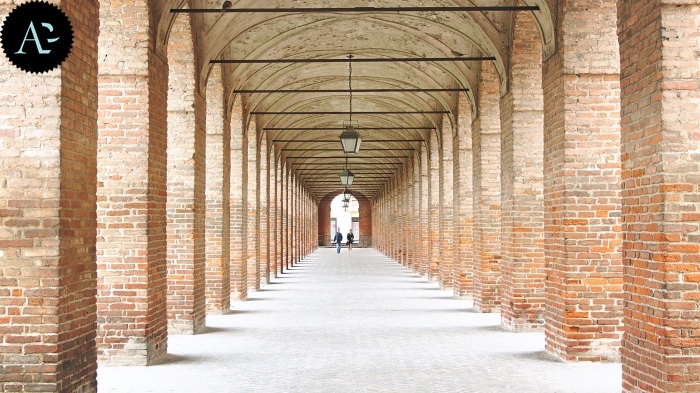
Sabbioneta – The Corridor Grande, the long hall annexed to the palazzo, was painted in 1587 by Giovanni and Alessandro Alberti, and was reserved for housing the antique marbles of the ducal collection.

Sabbioneta – At the centre of the town stands the Palazzo Ducale, once the residence of the Duke and the seat of government and now an exhibition space. The interior still has its beautiful cedar and walnut wood ceiling.

Sabbioneta – The parish church of Santa Maria Assunta in Piazza Ducale was restyled in 1767 with Rocaille style decoration.
INFO
MANTOVACARD allows you to visit museums in Mantua with a unique combination ticket.
More info in Visit Mantua: useful information to visit the city.


Articolo interessante che mostra una perla del Rinascimento
con tutte le sue opere…
Hai ragione, è una vera perla del Rinascimento. Una città tutta da scoprire 🙂
Veramente il primo teatro stabile all’antica fu costruito da Andrea Palladio (1508/1580) a Vicenza ed è il teatro Olimpico e terminato da Vincenzo Scamozzi
Il teatro di Sabbioneta è il primo esempio di teatro moderno inserito in un edificio appositamente costruito dal nulla. L’architetto è sempre Scamozzi, quello che negli stessi anni conclude il progetto del teatro Olimpico di Vicenza, subentrando a Palladio.